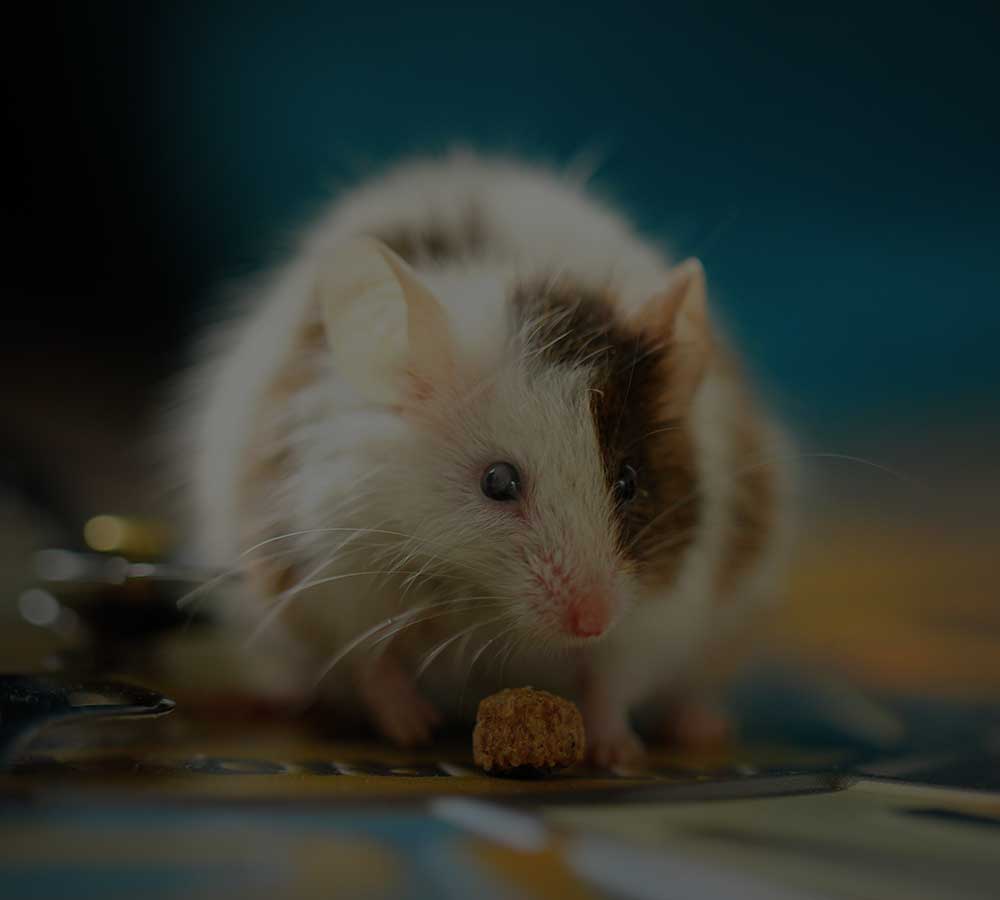Mice are a nuisance and can prove to be a real headache when dealing with them. They are very destructive, and no one would like them in their house. They constantly chew, causing damage to food products, furniture, books, clothing, and electrical wire, among other household items. These pests can also spread diseases such as salmonellosis, listeria, and hantavirus through their droppings, nesting materials, urine, and saliva. Thus, to deal with them, you first have to familiarize yourself with their habits and abilities. One of the most frequently asked questions is whether mice are able to go upstairs in a house or do they mostly stay on the lower levels in a building?
The answer is quite simple. Mice usually do not go upstairs but have no problem doing so. They have no difficulty climbing stairs, so long as the stairs are not made from extremely slippery materials, such as slick plastic or stainless steel. It is very unlikely that you will find slippery stairs in any house. Thus, mice can climb all types of stairs, from wood and tiles to carpet and linoleum. It is all a matter of grip.
What is more, most species of mice can jump to a height of about one foot without any fuss and can do so regularly with no problems. Thus, they can be able to jump up the steps on your staircase to their desired destination. If you need immediate rodent control, contact us today.
How Do Mice Get To The Second Floor Of The Apartment?
There are many different ways through which mice can enter a multi-story house or an apartment and occupy all the floors of the building. As stated earlier, mice are very good jumpers. This means that they will be able to jump from one platform to another. If they can access the stairs that connect the floors in the apartment, they can easily move to the upper floors.
This is proliferated by the fact that mice can get into almost anywhere, regardless of the size. That can be able to squeeze into the smallest of areas, through entrances as small as a quarter of an inch, which is the size of a pencil eraser. So long as they can push their head through, the rest of the body will follow suit. Poorly sealed windows and doors, though basic, can be a simple way for the mice to travel upstairs, as can gaps that are present in sidings. Additionally, the plumbing lines in the house also proved a means through which a mouse can move from floor to floor. There have even been cases of mice coming through the toilet bowl on the upper floors.
Can Mice Climb Walls?
Mice are excellent climbers, and they can climb 13 inches up a smooth and vertical wall. What is more, if the wall is made of a material that offers many grips, like bricks, they can go up even further. This is the reason why they can go up and down a chimney without any problems.
How Do Mice Get Up Into The Attic?
Mice like staying in the attic because they are nocturnal animals, like cockroaches, and they prefer dark places. Additionally, attics are cluttered and warm, which offers the perfect habitat for the mice. That being said, how exactly do the mice get into the attic?
They can use the aforementioned routes; the stairs, the walls, or the chimneys. Moreover, they can use the gaps in the trap doors. Thus, if you have these, as most houses do, you should take extra precautions in sealing every hole present. Mice can also dig underground and enter through a crawl space. A mouse can also jump into the attic from surrounding trees. After all, they are some of the quickest and most dexterous rodents, and thus climbing and jumping don’t really pose a problem. Air ducts are also notorious for providing the perfect accommodation for mice. These pests will often use air ducts to travel to and from different house floors, and nest and sleep in between meals. Not only can mice travel up a wall, but they can also get into the wall and travel inside it. If you have a mice infestation in your house, you will often hear tiny feet running up and down and to and fro the interior of the walls. You can also find mouse tracts in dusty areas. Holes in walls are also a confirmation of the presence of mice. You can also smell their urine, especially in poorly ventilated rooms.
In addition, a mouse is also able to climb the sheetrock and wood beam. The insulation housed within the walls also offers a perfect medium through which the mice can travel from one floor to another. Surely you don’t like unwanted rodents in any area of your home. Luckily you have come to the right company as we can help you trap these critters and get rid of them for good! Mice can make your home their own if you don’t act right away and protect it.
If you live in Southern California, please contact the Pest Patrol of San Diego today. Removing mice from the house is our specialty along with other general pest control issues. Our experienced pest control team will be happy to assist!

